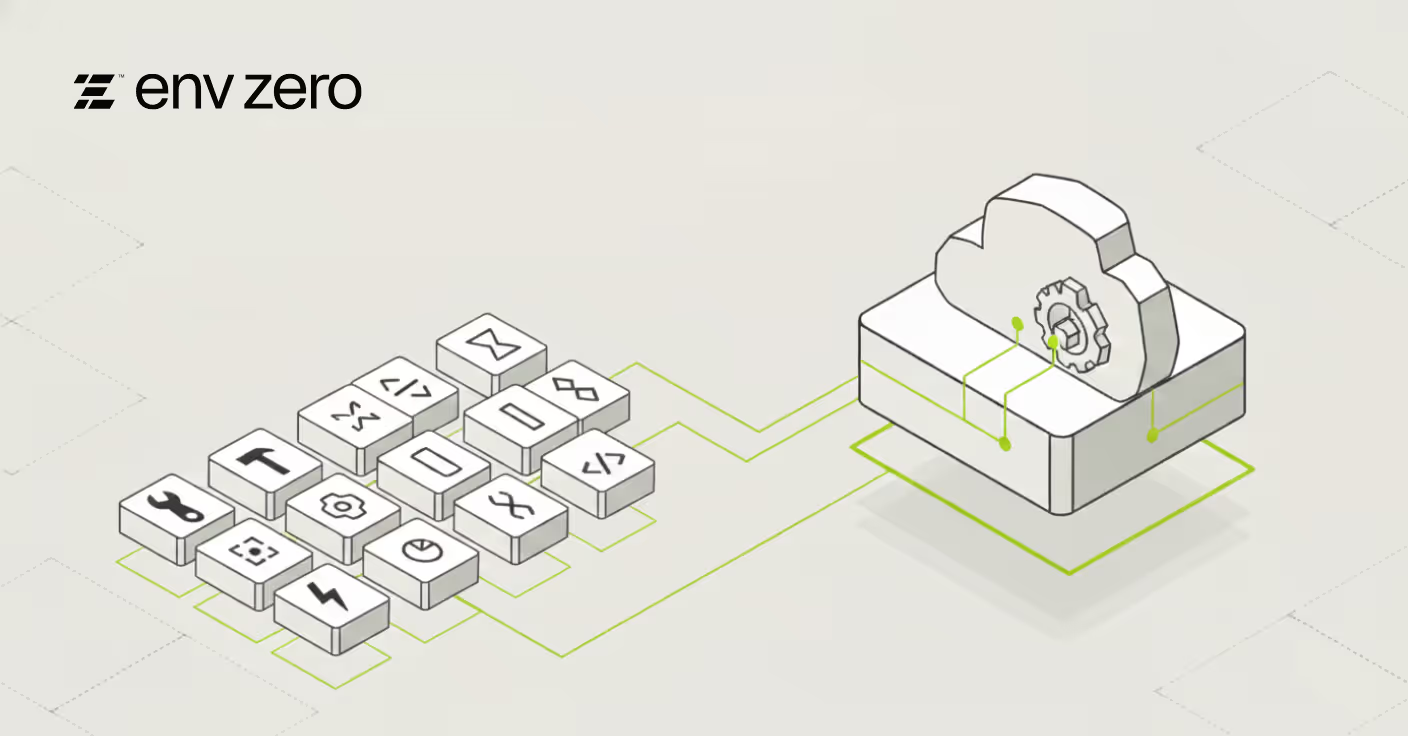

Hello, env0 fans! I wanted to take a quick few minutes to introduce you to our newest feature… Teams! This is the latest addition to the ongoing improvement of our Role-Based Access Control in the env0 platform.
Teams will allow you to group the users inside each of your organizations so that permissions can be more efficiently managed inside projects.
Teams Setup
The first thing we want to do is go to the Teams tab under Organization Settings.

From there, we’ll select + Add Team

Give the team a name, and punch in a description, and select Add Team
Once you do this, you’ll be automatically taken to the Manage Team page for your new team. From here, we can start adding our team members by selecting Add Member
*Note: You can only add members to teams who are already part of the Organization. If you wish to invite new members to add to the team, you’ll need to do this individually under Organization User settings first.*

From there, all we have to do is select Save and we can see our newly created team!

Now that we have our team setup, we can go and add them to any relevant projects, and select what level of permissions they need.
Assigning Team to Project
Let’s jump over into one of our Projects, and into the Project Settings page. This is where we find the Teams Settings. You’ll see the list of any of the teams that are created in the Organization, and you can select which teams you want to add to the project, as well as what Role you want them to have. Then just click Save.

As you can see, we have the same Roles available that individual users have in the env0 platform. Viewer, Planner, Deployer, and Admin. These permissions should be pretty self-explanatory, based on the Terraform process constructs. If you want more information on Users & Roles in env0, please check out the documentation here.
Use Cases
You can use the new Teams feature for whatever kind of organizing you want. You can add each people in a group to their team and assign them to their project. Or, you could create a team of “Deployers” that you can assign to every project for approval purposes. Whatever makes the most sense for you. Got an interesting use case for this? Tell us about it!
If you have any more questions, please feel free to reach out. And be on the lookout for new features soon!

.webp)




